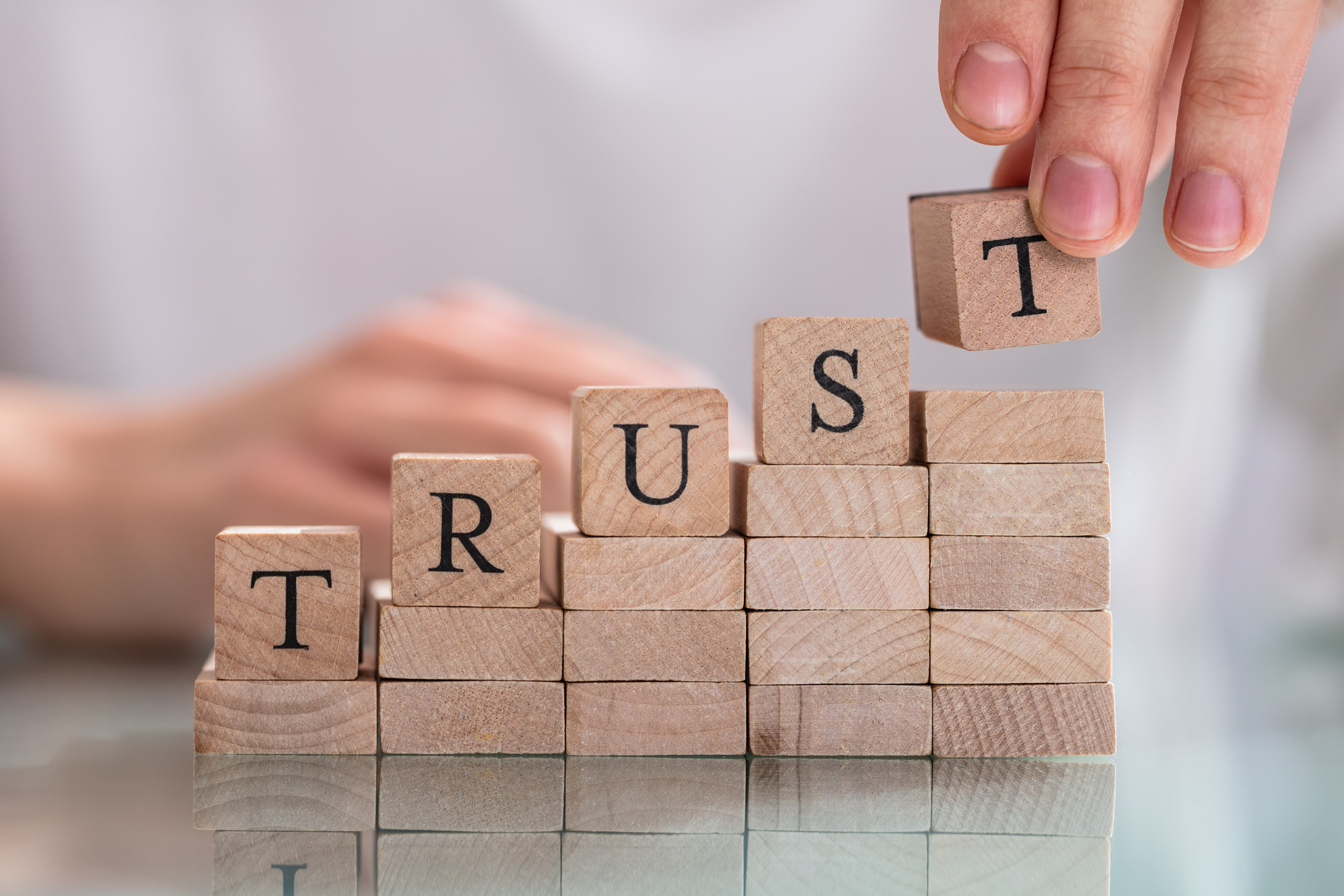How to Communicate Credibly About Inclusion
More law firms than ever before are finally starting to get it: Inclusion is a key value and must be the thread running through every aspect of firm management. In the past few years, we’ve seen many firms take substantive action to improve policies and practices. It’s not perfect, but very slowly, our profession may be moving in a positive direction.
However, this greater understanding does not always translate to internal and external communications around inclusion or equity and diversity. Internal emails, public website content, social media feeds and newsletters in many cases reflect superficial ideas, a “check the box” mentality that doesn’t fully grapple with the purpose behind fostering inclusive spaces. And that lack of sophistication undermines a firm’s credibility with stakeholders like recruits and clients. Law firms, including law firm marketers, need to both do the work and understand how to talk about the work.
Fortunately, many firms are investing in more training than ever before, and our colleagues at Ragan Communications have organized an excellent virtual workshop on DEI for communicators. Page 2 Director of Content Kelly McNees completed it this fall and came away with some practical best practices for internal and external communication around inclusion. Here are just a few tips for what credible inclusion comms look like:
They understand what inclusive really means. An inclusive space is an in-person or virtual place where everyone feels welcome and valued. This sounds great, but it’s hard to fully achieve because all of us have biases and blind spots that cause us to exclude people unless we are very intentional. Marketers may be doing a better job articulating what inclusion looks like across race. But are they as comfortable writing about disability or gender identity? If your firm mentions Diwali on its LinkedIn page, does it give equivalent attention to other significant holidays across cultures? To be truly inclusive, you need to do a lot of careful planning and constantly seek feedback about who is left out.
They acknowledge and celebrate significant moments. Cultural awareness months, holidays, anniversaries of landmark civil rights cases, “firsts” and other achievements by leaders from underrepresented communities are all excellent opportunities for celebrating with people from all backgrounds and honoring their experiences. However —
They also show solidarity with these same communities during times of crisis. If your firm celebrated African American History Month but made no public statement on the trial of the men who murdered Ahmaud Arbery, that is a potential credibility problem. It’s easy to mine inspirational moments for content. It’s much harder to find the right words to express support around highly charged situations. But being just a fair-weather friend sends a disappointing signal to the folks you claim to want to include. Lawyers and law firms are particularly qualified to speak out about justice, and their colleagues in the profession, as well as the broader world, will expect them to do so.
January is a great time to do some planning for your communications in the year ahead. How will you translate your efforts to become more inclusive into the stories your firm tells and amplifies across all your channels?

